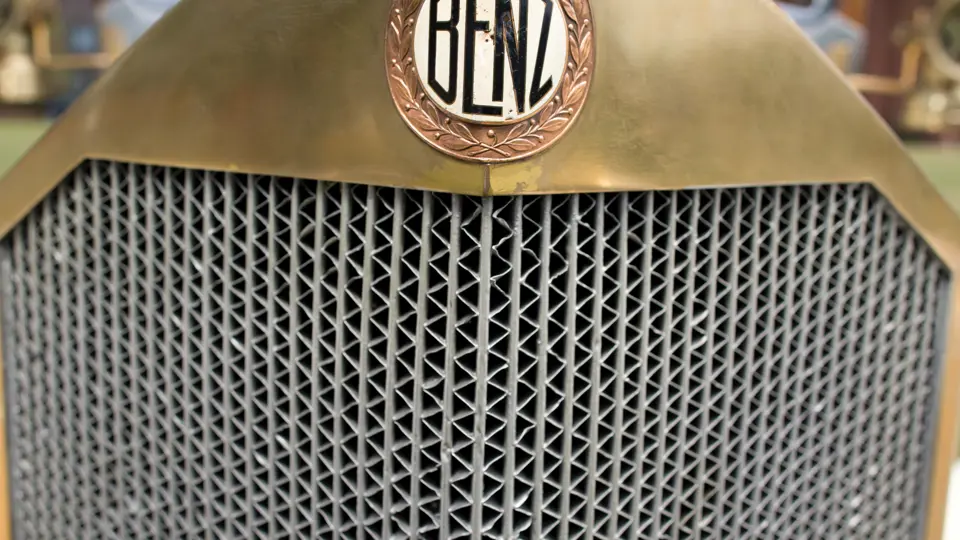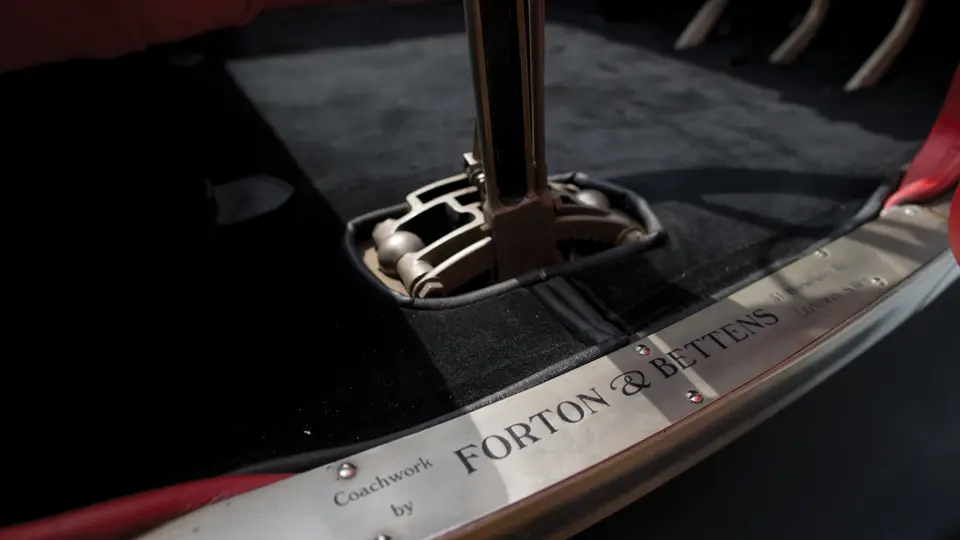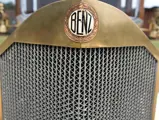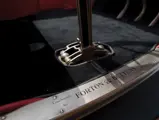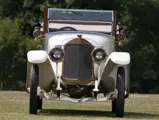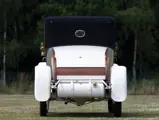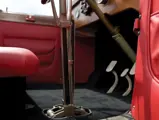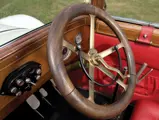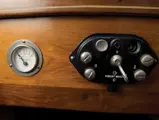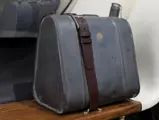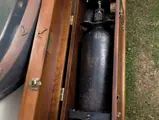8/20 hp, 2,090 cc inline L-head four-cylinder engine, four-speed manual gearbox with shaft drive, solid front axle and live rear axle with semi-elliptic leaf springs, and mechanical transmission brake with two-wheel parking brakes. Wheelbase: 2,850 mm
In the years leading up to World War I, Benz & Cie. manufactured no fewer than 25 different four-cylinder models, plus two sixes. The German economy was devastated at war’s end, so this programme was unsustainable.
There were two 8/20s from 1914, with the newer model having a larger, 2,090-cubic centimetre engine. This was the style that continued after the war and through to 1921. Benz began using the vee-type radiator, which had already being identified with then-rival Mercedes, around 1915. The car being offered is an extremely nice, and perhaps unique, doctor’s coupé. The body is by Forton & Bettens, of 51 Horseferry Road, London, SW, about whom little is known. According to Nick Walker’s A–Z of British Coachbuilders, it is apparently one of two known surviving examples of their craftsmanship, with the other being a 1923 Bentley.
Whilst the file contains only a small amount of documentation, it is interesting to note that there is correspondence between a former owner and VSCC member in the UK, a Mr J.R.H. Ealand, and Mercedes-Benz, which indicates that this rare English coachbuilt Benz spent some time in England in the early 1990s.
Subtle yet inordinately pleasing are the polished aluminium side panels on the body. Whilst they would benefit from buffing out, they give a highlight to the ivory paint, which is in good condition, save for a few surface blemishes. Some of the wood in the body has been replaced, but it is believed to be substantially original. The side windows all retract into the body, allowing the hood to be fully lowered. When erect, the lined hood gives the appearance of a fixed-head configuration.
A handsome, varnished wood box on the driver’s running board contains an acetylene outfit by Franz Krühl & Co., of Vienna, itself an interesting period piece. The nickel headlamps, by Solar, appear to have been made for an American Mitchell, but the brass carriage lamps are proper English Rotax units. Possibly a one-off when new, it is certainly unique today, and absolutely charming.





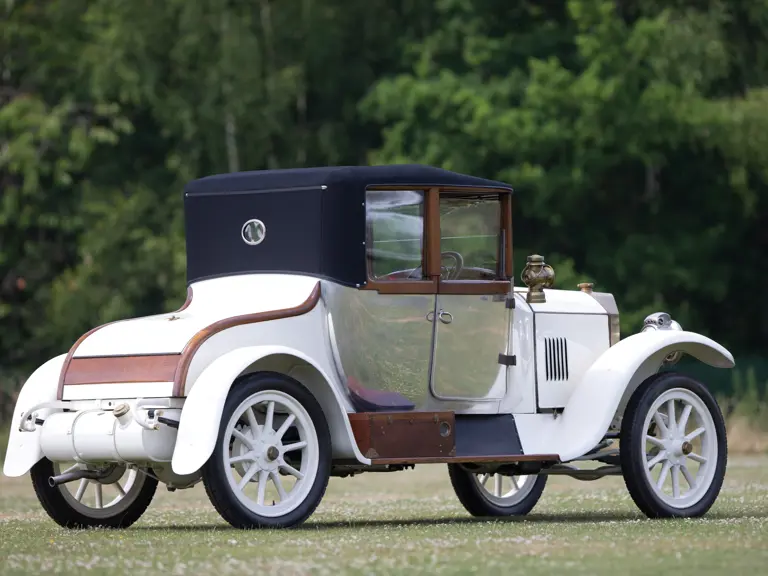
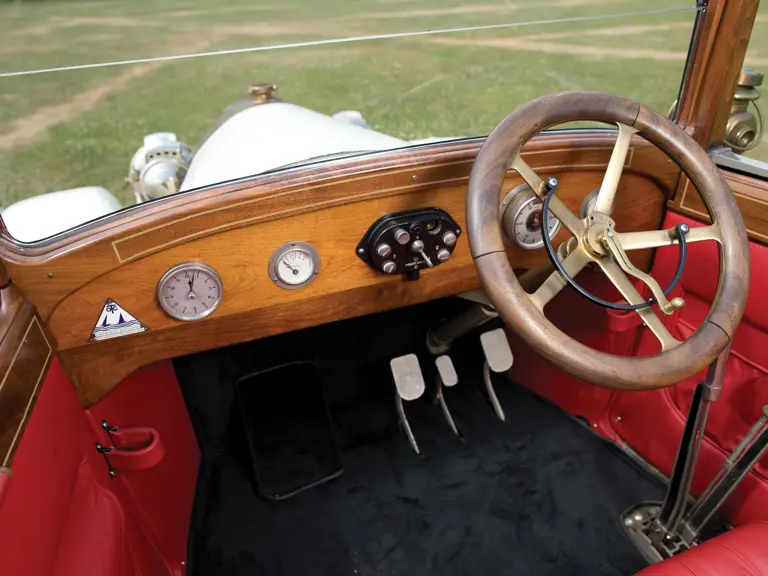
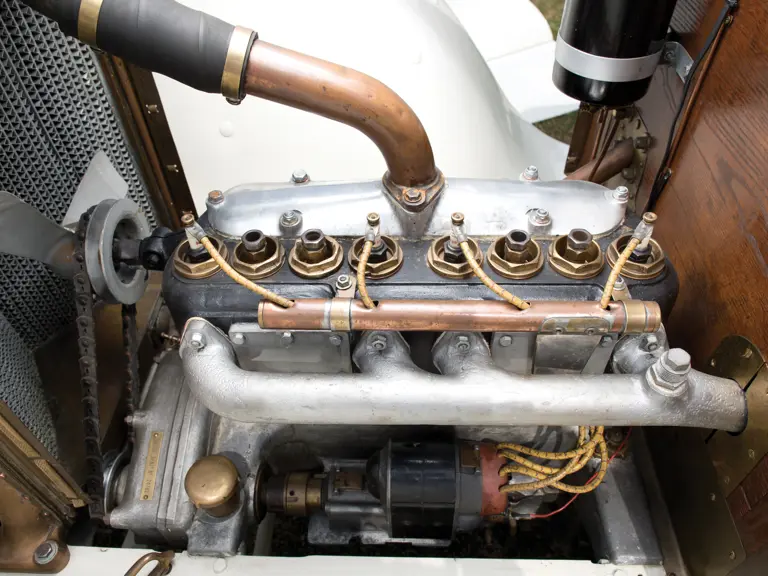
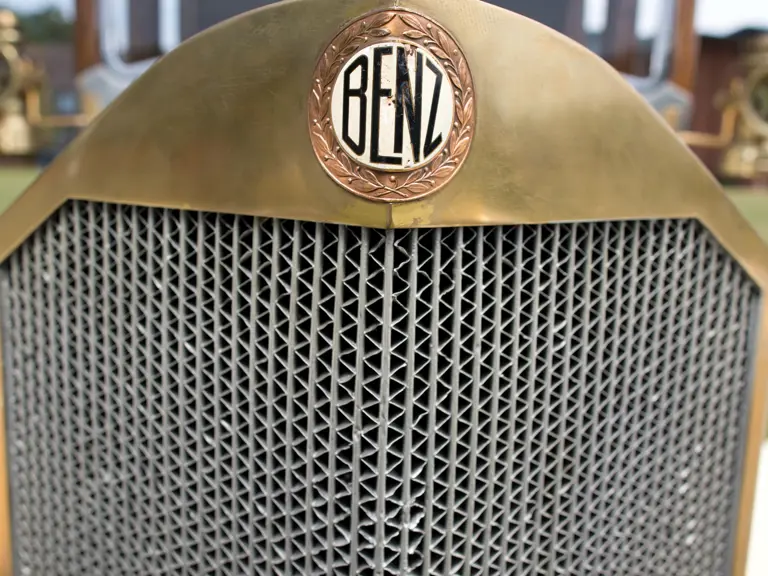
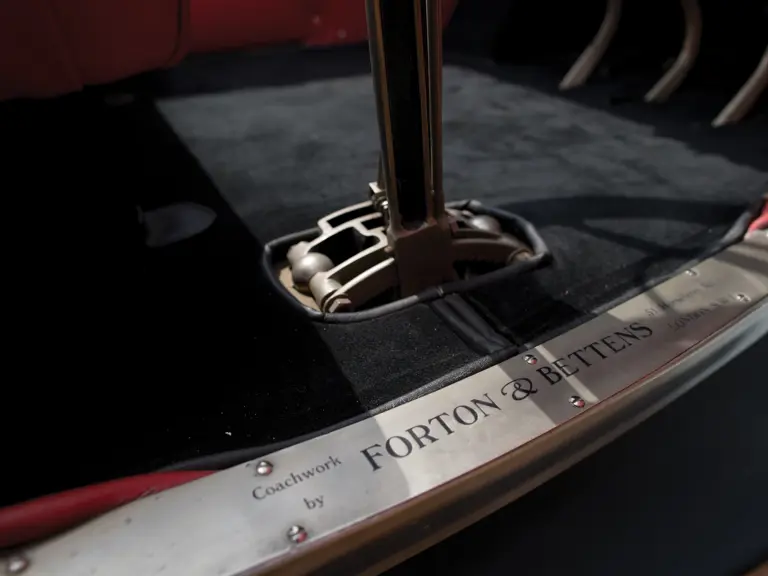
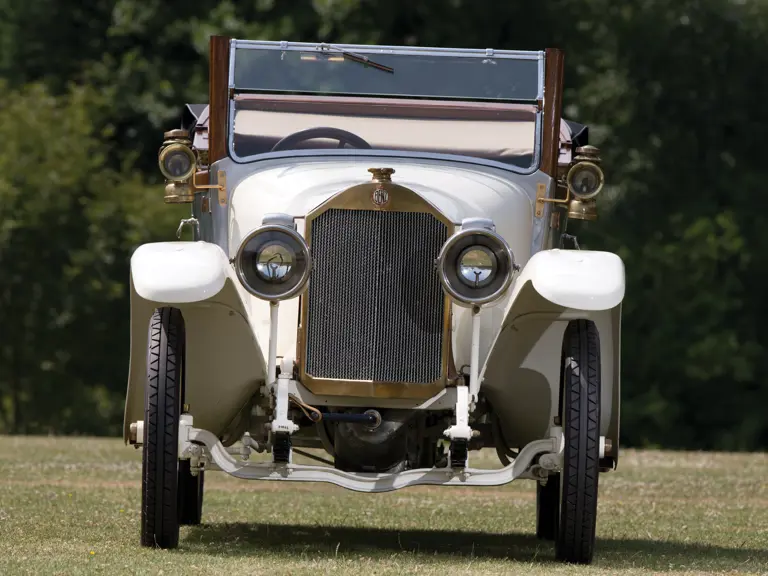
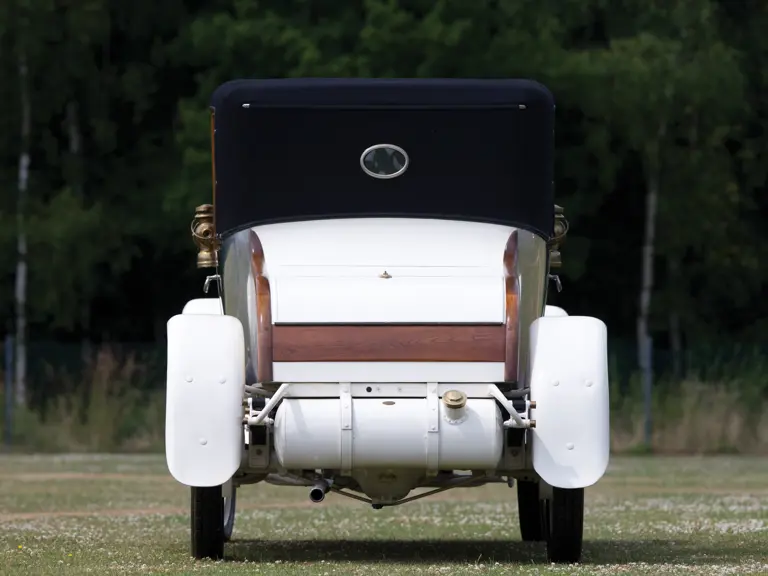
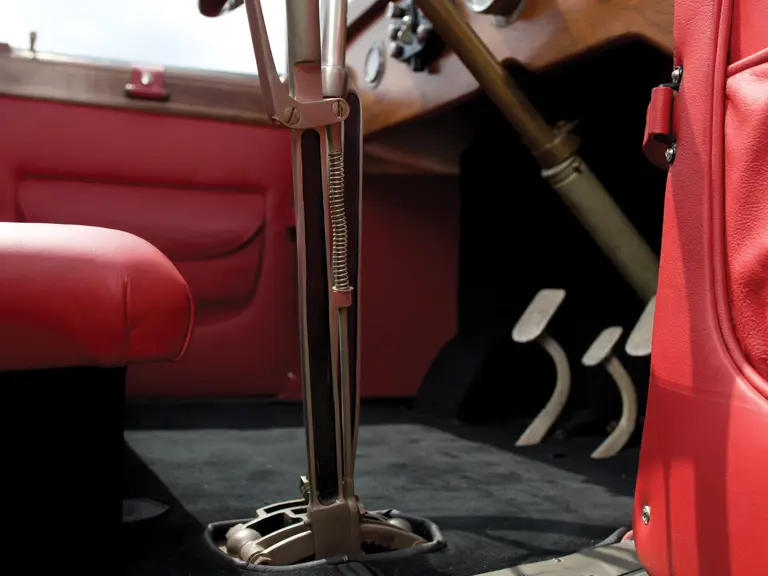
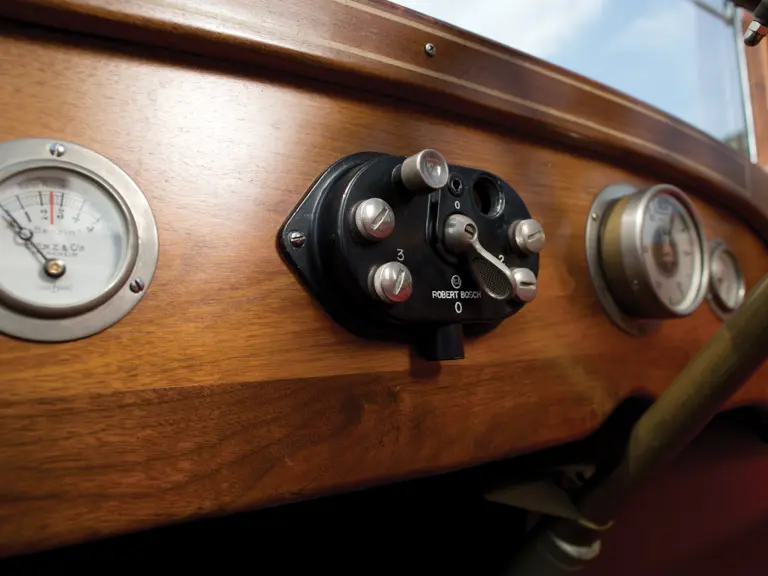
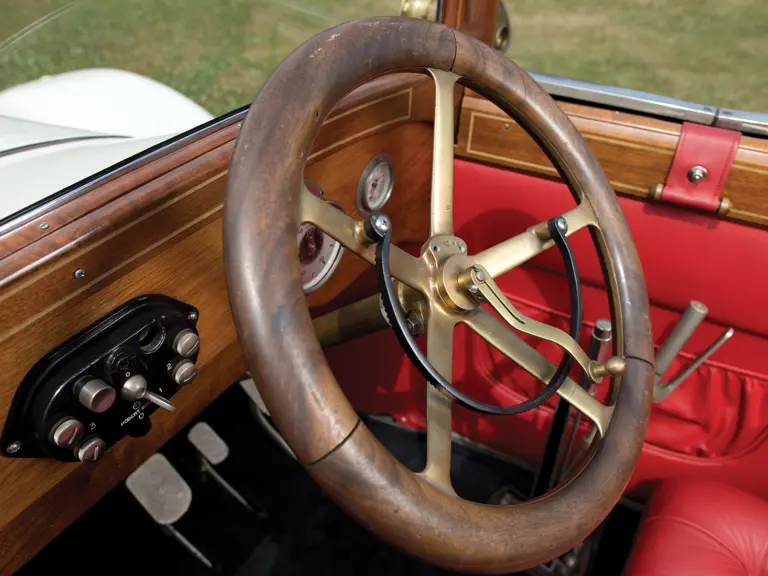


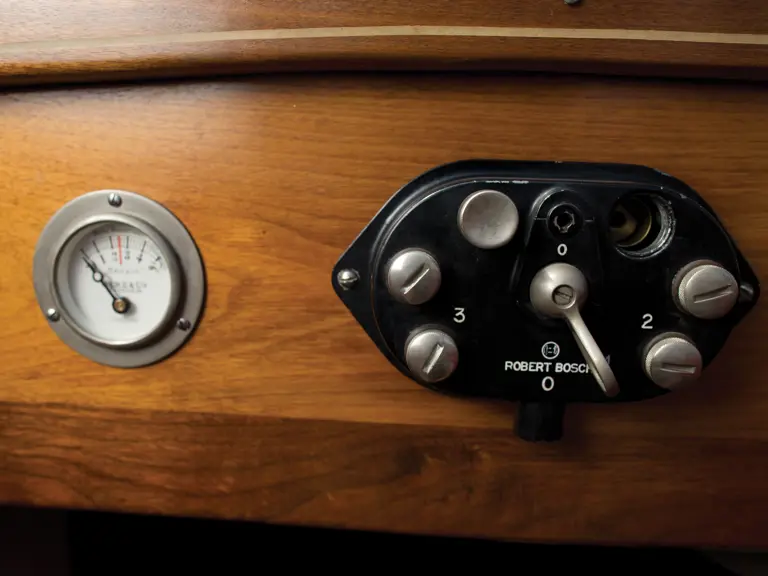
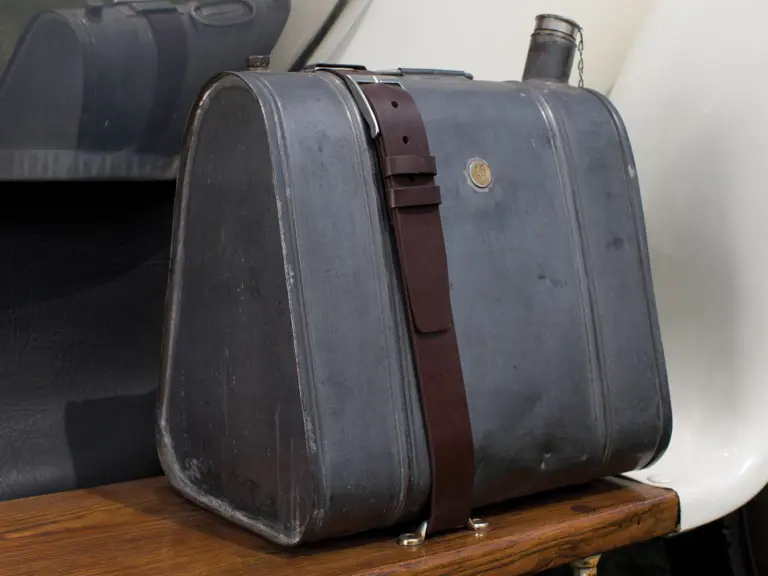
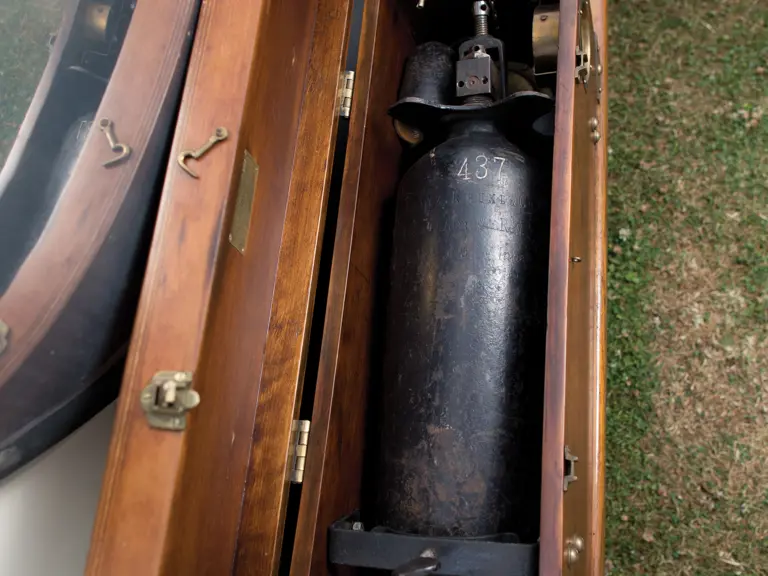
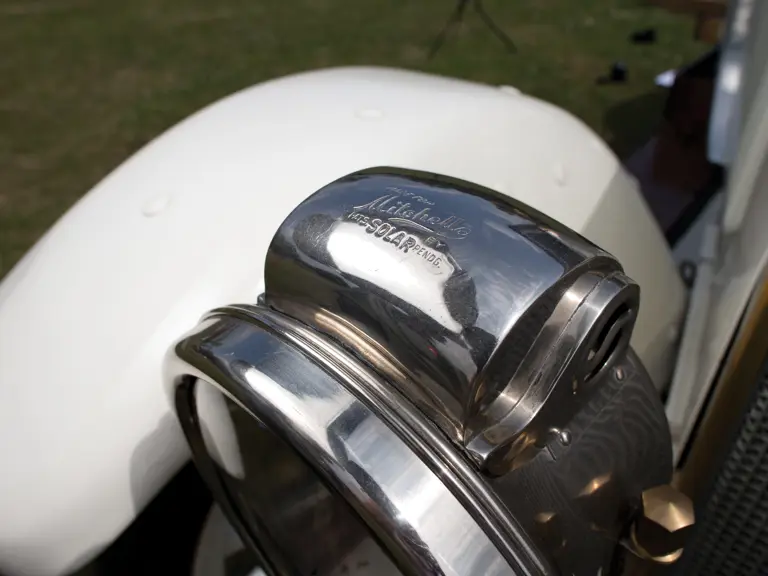
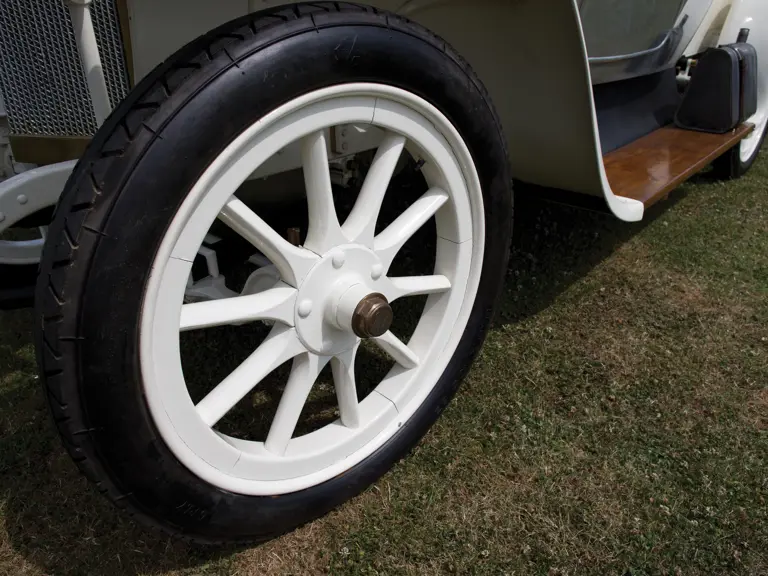
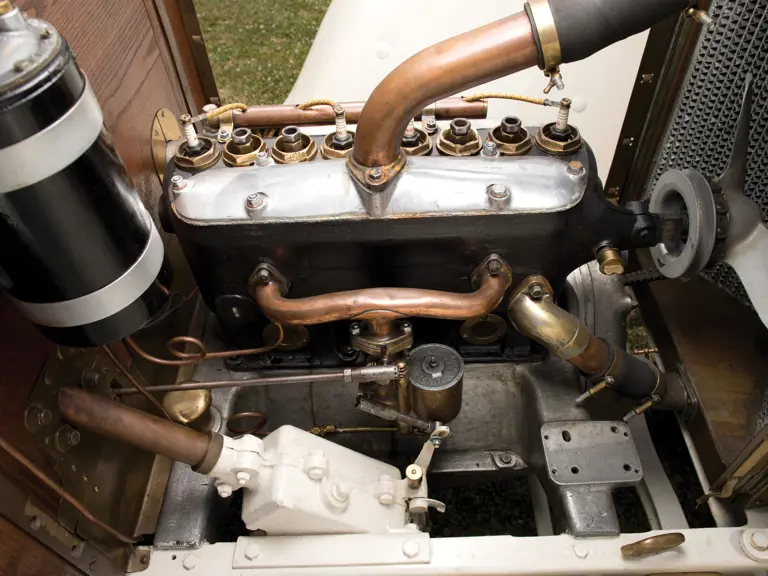


 | London, United Kingdom
| London, United Kingdom
